Hispaniola, and the Dominican Republic specifically, possesses a nice list of bird species, and I was excited to see some of them, since, after many weeks of seeing primarily black, gray, or maybe brown, birds, the reappearance of colorful plumages could be expected to gain momentum on that island. I knew, however, that some species would be difficult to see within the time frame I had available, and because many of the best birding sites would be away from my route. As usually happens, I saw some nice birds, but missed some others that I had distinctly hoped to see. With my return to the neotropics now making progress, I will also be modifying my posts in the Birds section of the site. While I had previously made an effort to post a photo for every species seen, I will now begin to include images only for those species that are particularly interesting or beautiful.
Within a few hours of my evening arrival at the touristy town of Sosua, my first stop on the island, I had picked up three nice species. That had me thinking of Fish-in-a-Barrel, and optimistic about the rest of my stay, but things would slow down fairly quickly. The first of those that evening was the attractive Hispaniolan Woodpecker, a nice member of my favorite genus Melanerpes. That species proved to be so common on the island that I almost wished it were a little more rare.
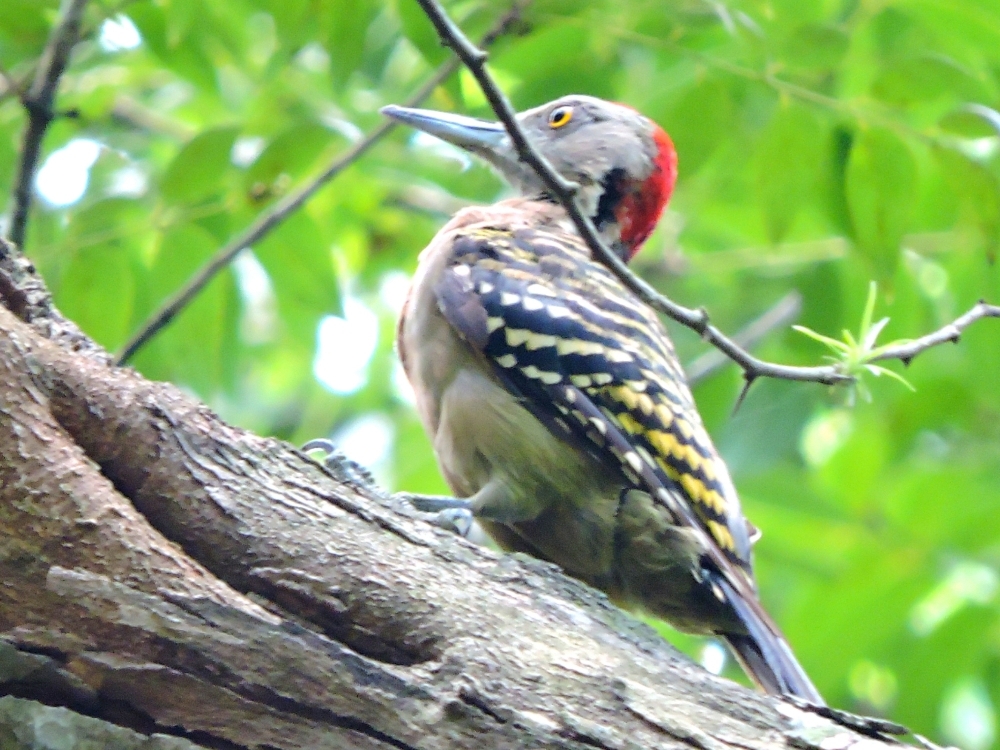
Also seen in abundance that evening were Antillean Palm-Swift…
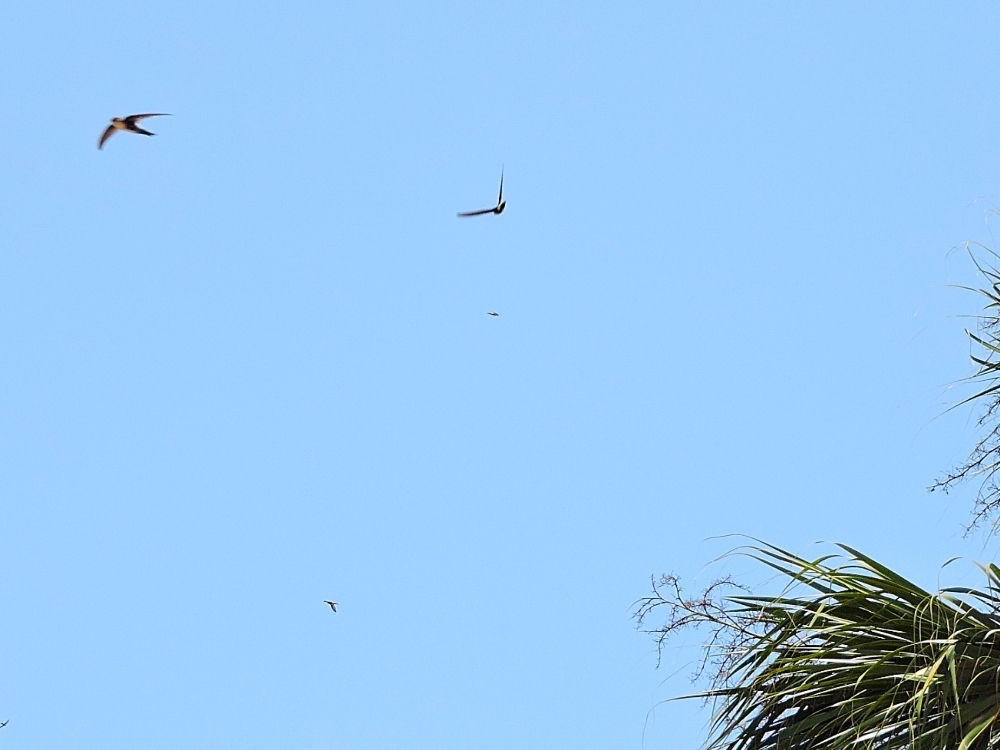
…and the national bird of the Dominican Republic, Palmchat.
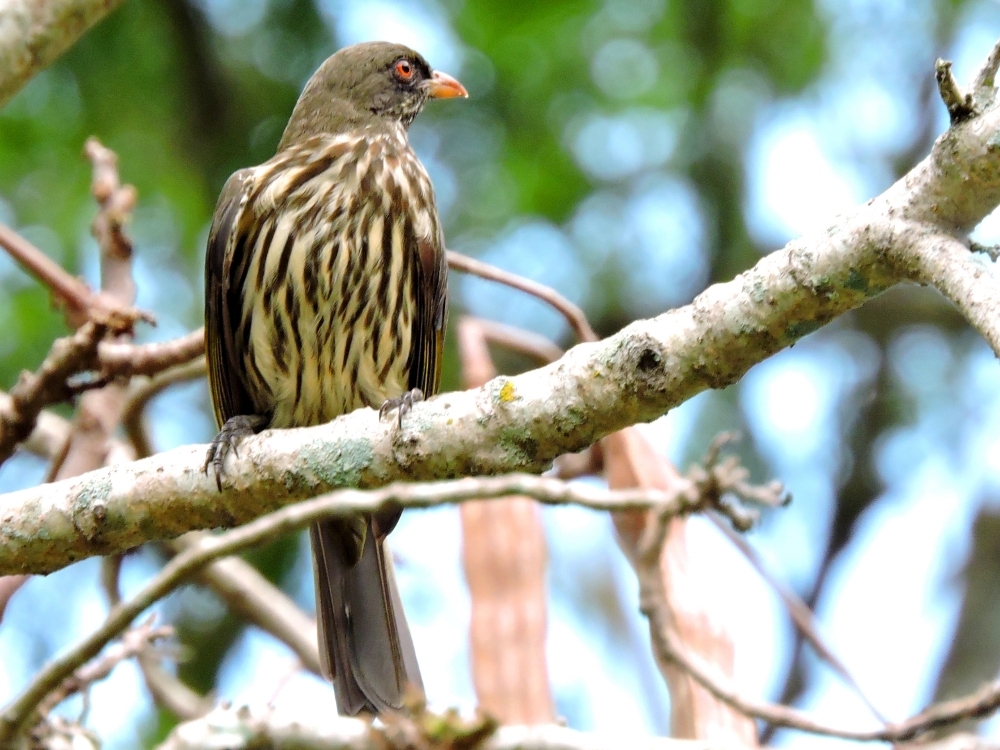
Color continued to creep back into my observations with Hispaniolan Spindalis, seen at Reserva Scientifica Ebano Verde, in the central highlands…
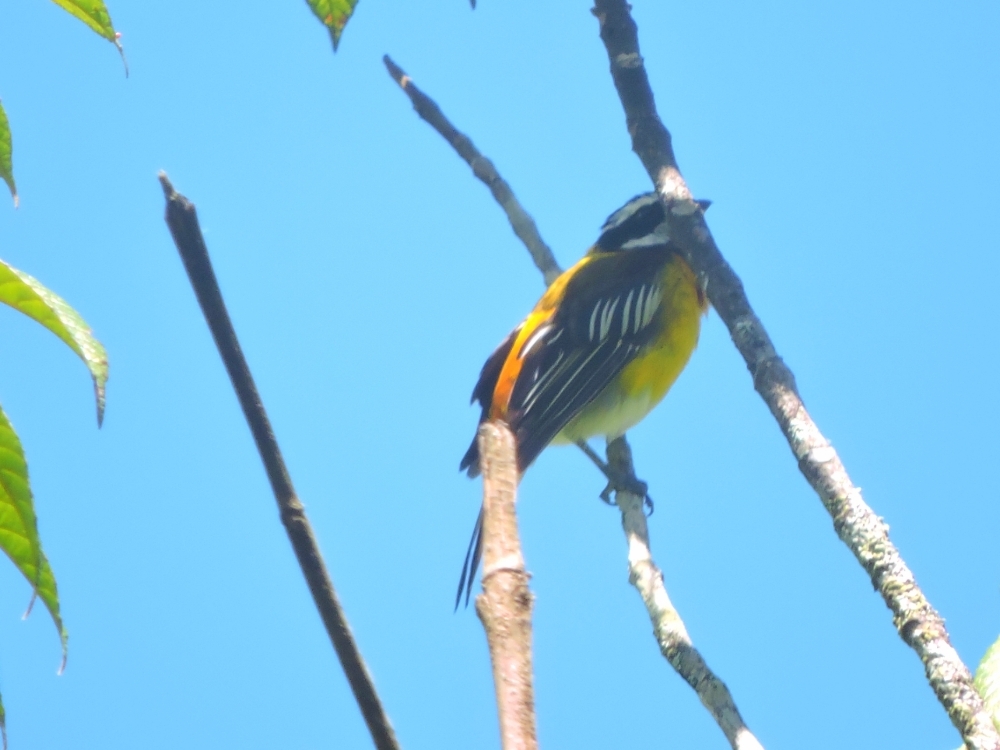
…and picked up further with Hispaniolan Parakeet, which was best seen in Downtown Santo Domingo, and becomes the first species from the Parrot family of the Tour, hopefully the first of many.
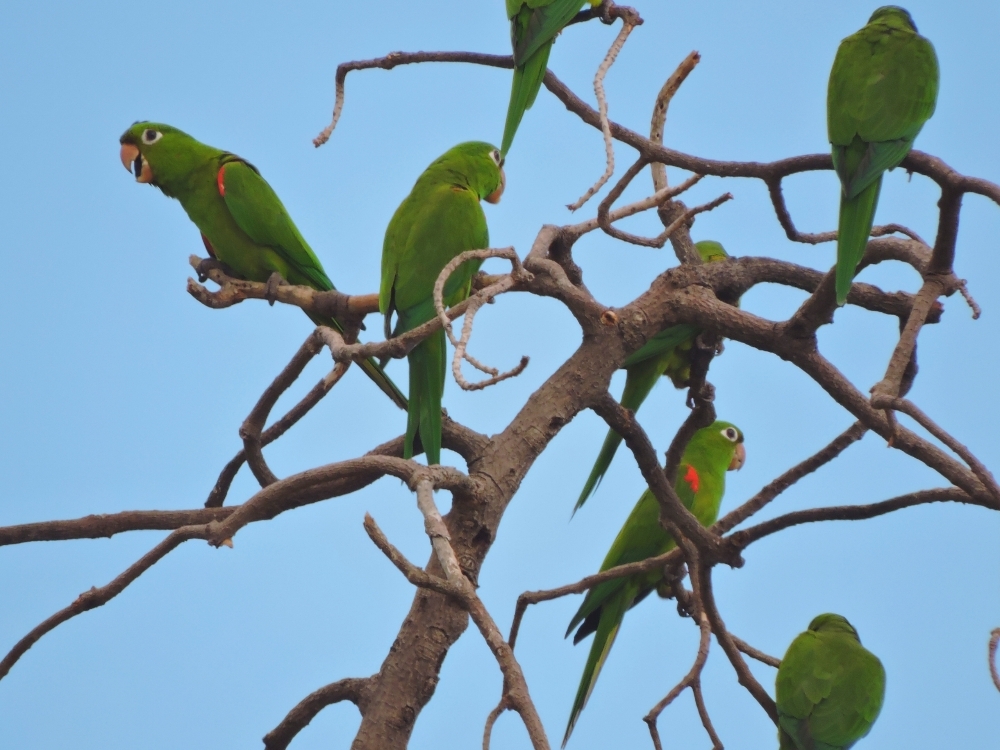
Though not very colorful, Hispaniolan Lizard-Cuckoo was a great bird. Even better was that I saw another cuckoo a short time later, and though I couldn’t photograph that bird, I was fairly sure that it was Yellow-Billed Cuckoo, giving me two cuckoos within an hour, a nice experience considering I had seen so few members of that family previously!
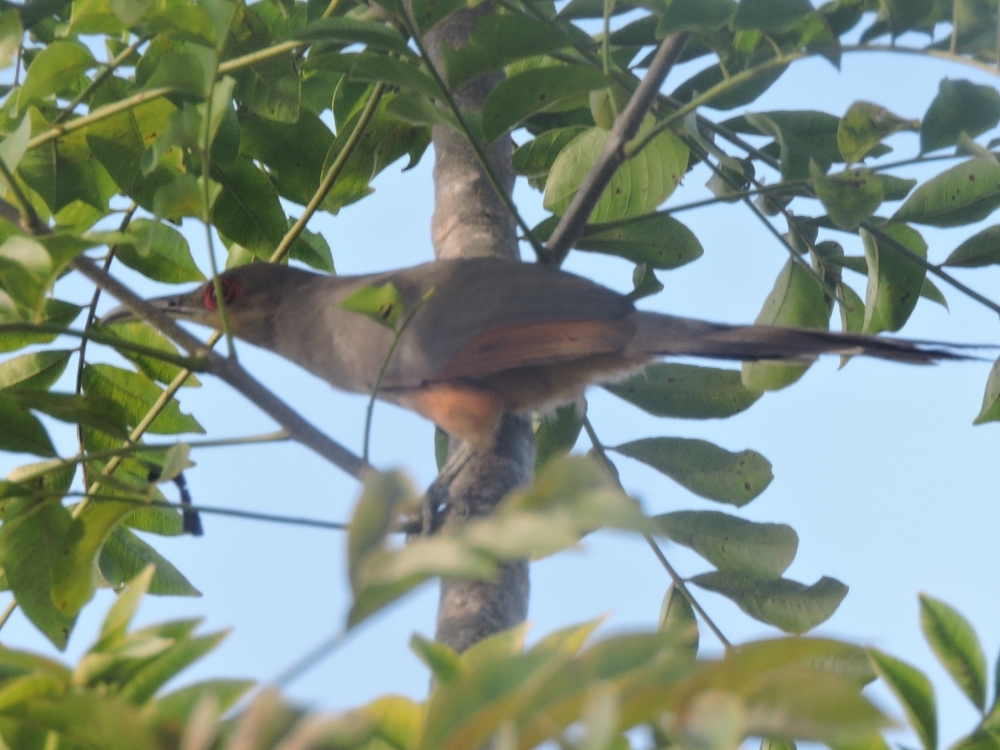
However, the winner of this section was the amazing Broad-Billed Tody I saw in Parque Nacional El Choco, near the north coast of the island. That park requires one to use a local guide to enter, which I normally would rather not do, but the cost was minimal in this case, so I didn’t really mind. However, two local boys, perhaps seven or eight years of age, decided to tag along, and they had the best eyes of anyone out there that day, being the first ones to actually find the Tody. Gracias, Amigos!
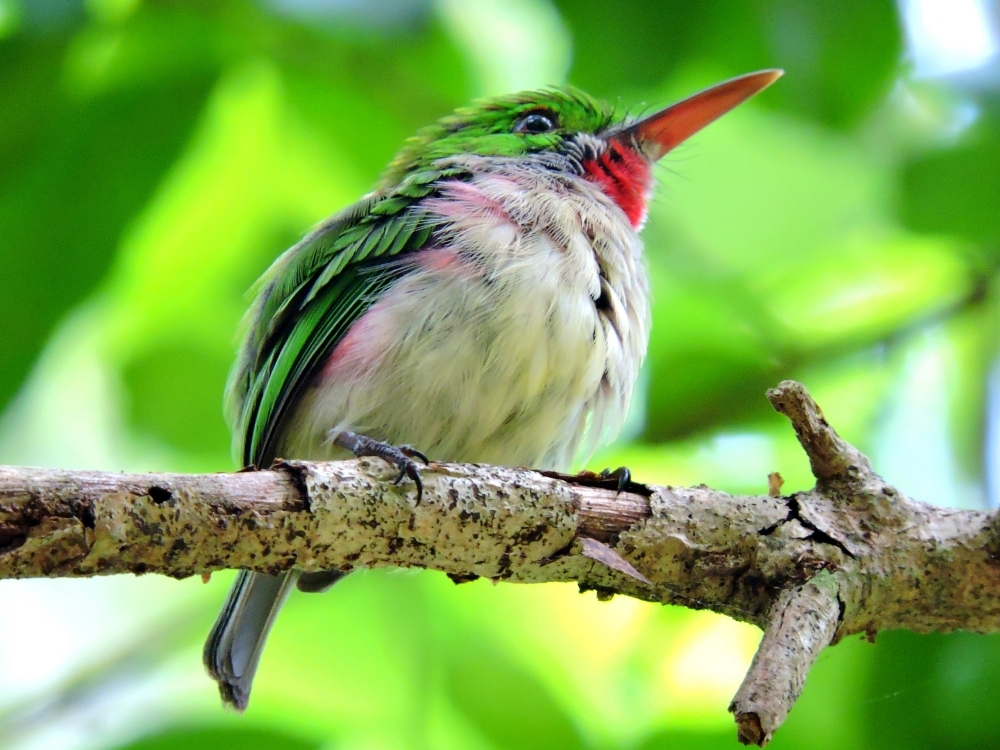
I was disappointed by missing the local Trogon, the Parrot, and the second of two species of Todys found on Hispaniola, despite dragging myself up above one thousand meters above sea level, where those species are more easily found. However, my total number of new species was reasonable, and also included Black-Crowned Palm-Tanager, Plain Pigeon, Flat-Billed Vireo, Greater Antillean Elaenia, Hispaniolan Pewee, Antillean Mango, Antillean Siskin, and Greater Antillean Grackle, giving me sixteen Life Birds for the week. I am still hoping to pick up the pace further, but that may not be so easy for a while with some smaller islands looming ahead.